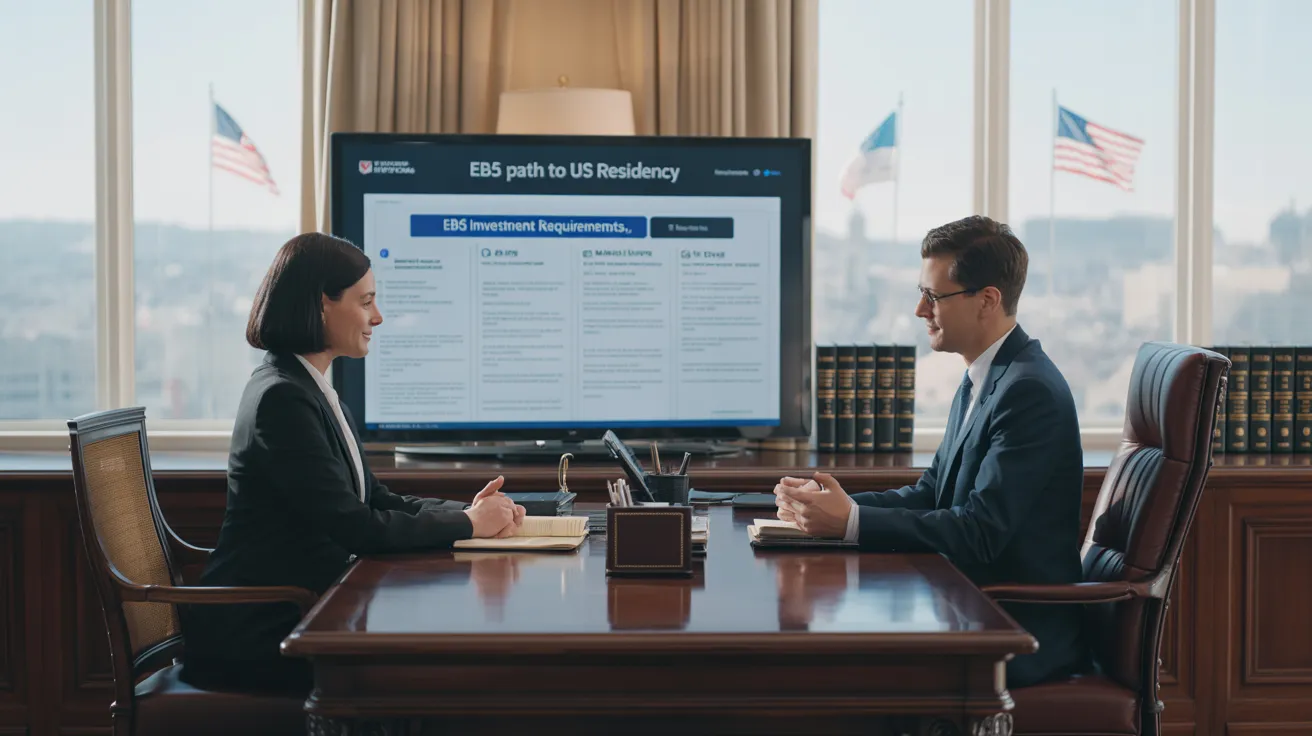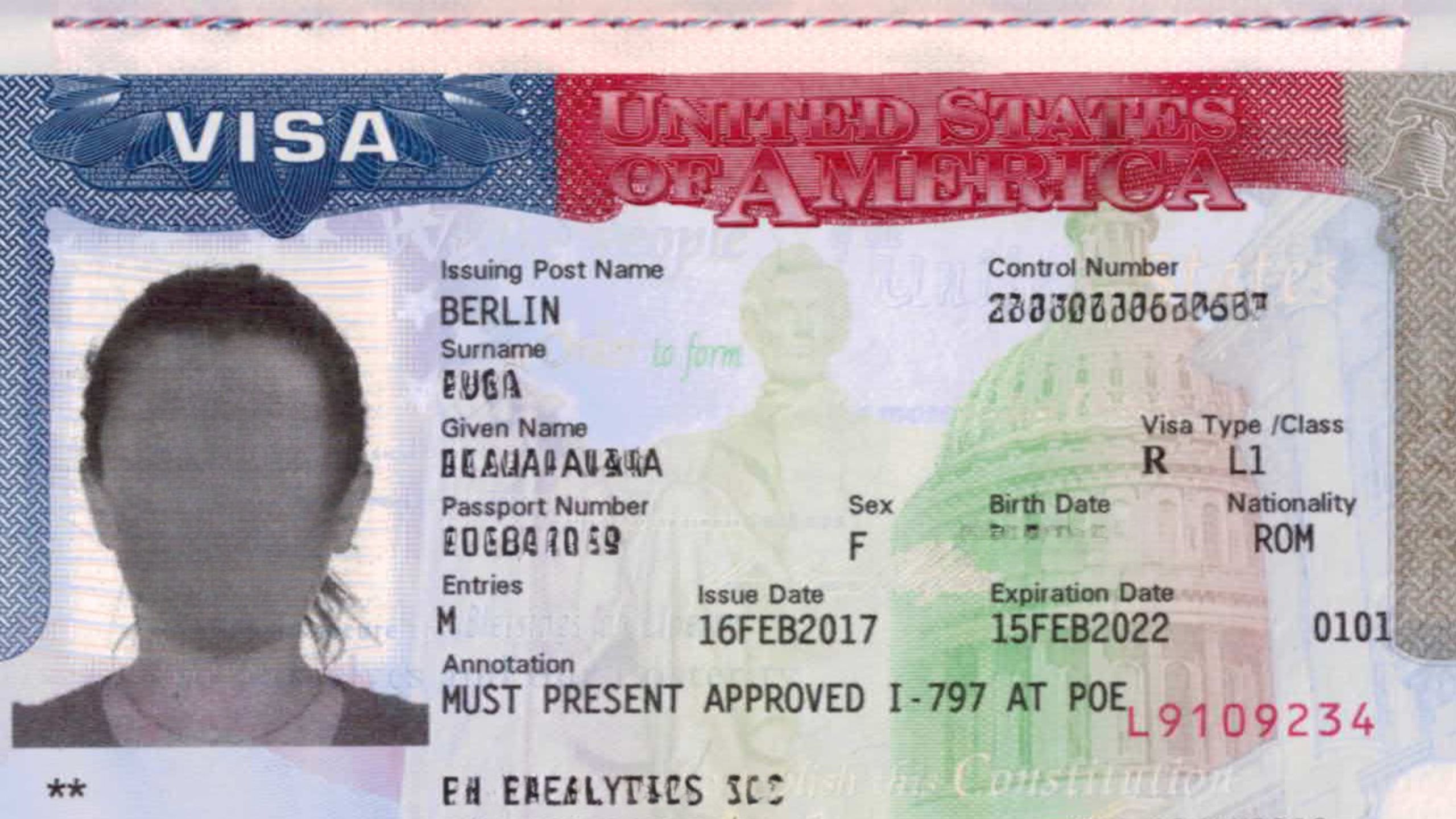Apply for L1 Visa
The Facts About L1 Visa Revealed
Table of ContentsThe Buzz on L1 VisaOur L1 Visa StatementsThe Buzz on L1 VisaA Biased View of L1 VisaSome Ideas on L1 Visa You Should KnowThe Facts About L1 Visa Revealed
Readily Available from ProQuest Dissertations & Theses International; Social Scientific Research Premium Collection. (2074816399). (PDF). Congress. (PDF). DHS Workplace of the Inspector General. (PDF). (PDF). "Nonimmigrant Visa Stats". Retrieved 2023-03-26. Division of Homeland Security Workplace of the Examiner General, "Review of Susceptabilities and Potential Misuses of the L-1 Visa Program," "A Mainframe-Size Visa Loophole".
U.S. Department of State. Fetched 22 August 2016. "Workers paid $1.21 an hour to set up Fremont tech business's computers". The Mercury Information. 2014-10-22. Fetched 2023-02-08. Costa, Daniel (November 11, 2014). "Obscure momentary visas for international tech employees dispirit wages". The Hill. Tamen, Joan Fleischer (August 10, 2013). "Visa Owners Change Workers".
The Of L1 Visa
In order to be eligible for the L-1 visa, the international company abroad where the Recipient was employed and the U.S. company have to have a certifying connection at the time of the transfer. The various kinds of qualifying partnerships are: 1. Parent-Subsidiary: The Parent means a firm, firm, or various other lawful entity which has subsidiaries that it possesses and manages."Subsidiary" means a company, company, or various other legal entity of which a moms and dad possesses, directly or indirectly, greater than 50% of the entity, OR possesses less than 50% but has administration control of the entity.
Example 1: Company A is included in France and employs the Recipient. Business B is incorporated in the U.S. and wishes to request the Recipient. Business A possesses 100% of the shares of Business B.Company A is the Parent and Business B is a subsidiary. There is a certifying connection in between the two companies and Firm B ought to be able to fund the Beneficiary.
Instance 2: Firm A is included in the U - L1 Visa.S. and wishes to petition the Beneficiary. Firm B is integrated in Indonesia and employs the Recipient. Firm A possesses 40% of Business B. The remaining 60% is possessed and controlled by Company C, which has no relationship to Company A.Since Firm A and B do not have a parent-subsidiary partnership, Firm A can not sponsor the Beneficiary for L-1.
Instance 3: Business A is integrated in the united state and intends to request the Beneficiary. Company B is included in Indonesia and uses the Beneficiary. Firm A has 40% of Firm B. The staying 60% is had by Business C, which has no relation to Company A. Nevertheless, Company A, by official contract, controls and full manages Company B.Since Firm An owns less than 50% of Firm B but takes care of and manages the company, there is a certifying parent-subsidiary relationship and Firm A can fund the Beneficiary for L-1.
Excitement About L1 Visa
Associate: An affiliate is 1 of 2 subsidiaries thar are both had and managed by the very same moms and dad or individual, or had and regulated by the exact same group of people, in basically the same ratios. a. Instance 1: Company A is integrated in Ghana and utilizes the Beneficiary. Business B is included in the U.S.
Business C, additionally integrated in Ghana, owns 100% of Firm A and 100% of Business B.Therefore, Company A and Firm B are "associates" or sister business and a certifying partnership exists in between both companies. Firm B ought to be able to fund the Beneficiary. b. Example 2: Business A is included in the united state
Business A is 60% possessed by Mrs. Smith, 20% possessed by Mr. Doe, and 20% owned by Ms. Brown. Business B is included in Colombia and currently uses the Recipient. Firm B is 65% owned by Mrs. Smith, 15% had by Mr. Doe, and 20% had by Ms. Brown. Firm A and Firm B are affiliates and have a certifying partnership L1 Visa law firm in 2 various ways: Mrs.
The L-1 visa is an employment-based visa classification established by Congress in 1970, enabling international firms to move their managers, executives, or key workers to their U.S. procedures. It is commonly described as the intracompany transferee visa. There are 2 main kinds of L-1 visas: L-1A and L-1B. These types are appropriate for employees employed in various positions within a business.

Furthermore, the recipient has to have operated in a managerial, exec, or specialized staff member position for one year within the 3 years preceding the L-1A application in the international firm. For brand-new workplace applications, foreign work must have remained in a managerial or executive capability if the recipient is concerning the United States to work as a supervisor or exec.
6 Easy Facts About L1 Visa Described

If approved for an U.S. business functional for greater than one year, the initial L-1B visa is for as much as 3 years and can be prolonged for an added 2 years (L1 Visa). Alternatively, if the U.S. company is recently developed or has been functional for less than one year, the preliminary L-1B visa is issued for one year, with extensions readily available in two-year increments
The L-1 visa is an employment-based visa classification developed by Congress in 1970, L1 Visa guide allowing multinational business to transfer their managers, executives, or vital workers to their united state operations. It is commonly referred to as the intracompany transferee visa. There are two main kinds of L-1 visas: L-1A and L-1B. These kinds are suitable for workers hired in various settings within a company.
The smart Trick of L1 Visa That Nobody is Talking About
In addition, the beneficiary must have worked in a supervisory, exec, or specialized worker placement for one year within the three years coming before the L-1A application in the international business. For brand-new office applications, foreign work must have been in a supervisory or executive capacity if the recipient is coming to the United States to work as a manager or exec.
for as much as 7 years to supervise the operations of the U.S. associate as an executive or supervisor. If released for a united state company that has been operational for more than one year, the L-1A visa is initially approved for as much as 3 years and can be expanded in two-year increments.
If given for a united state firm operational for even more than one year, the first L-1B visa is for as much as 3 years and can be extended for an added two years. On the other hand, if the united state firm is recently explore your L1 Visa established or has been functional for much less than one year, the initial L-1B visa is issued for one year, with extensions readily available in two-year increments.